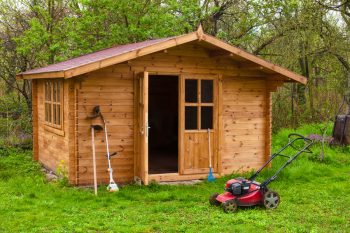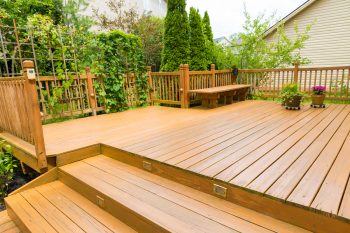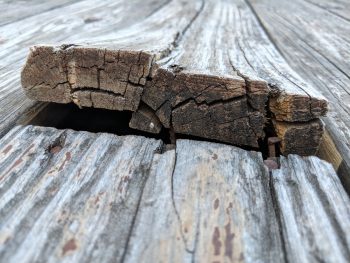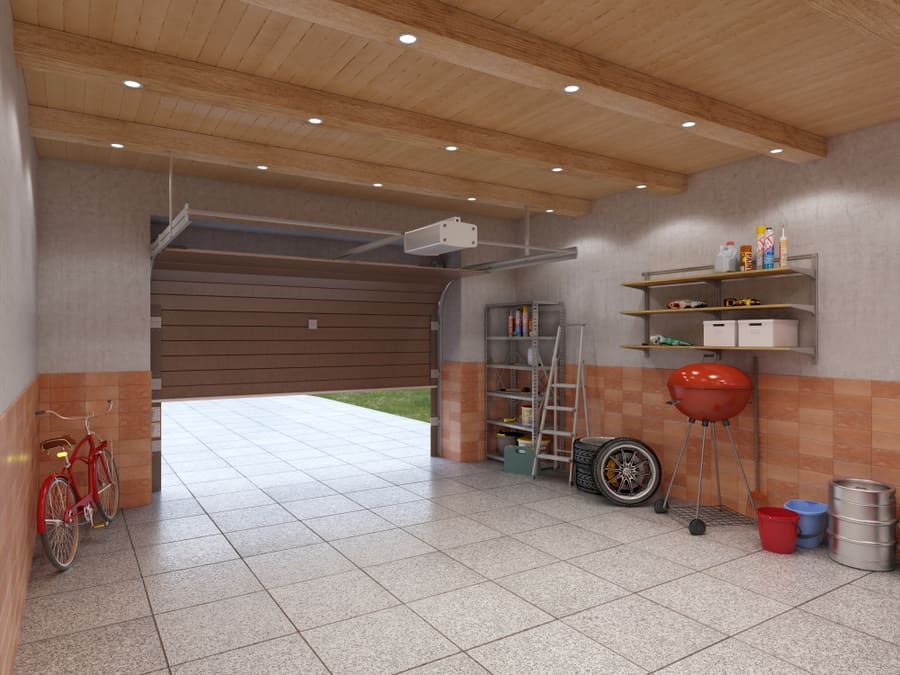
The garage, detached or attached, is the most overlooked part of a home when it comes to home maintenance.
As such, the garage is one of the most common places to get menaced by mold.
Protecting your garage against mold is cheaper and way easier than trying to get rid of the mold.
So, how do you protect your garage against mold?
Mold thrives in humid environments that have little sunlight and ventilation. But you can keep mold infestation at bay by keeping your garage clean and decreasing humidity.
Below are tips you can use to protect your garage against mold:
- Fixing leaks.
- Improving light and ventilation.
- Having proper drainage.
- Extending gutter downspouts.
- Using waterproof containers to store items.
- Reducing plant growth around the garage.
- Combating mold with chemicals.
If the mold sprouts before you mold-proof your garage, don’t overlook the sprout, even if it is a small spot patch, as mold spreads fast.
This article will enlighten you on tips to protect your garage against mold.
7 Ways To Protect Your Garage Against Mold

Molds growing in your garage reduce your garage’s aesthetics and can be harmful. Mold can cause different health conditions, like nausea, respiratory issues, and other side effects.
As such, it is best to protect your home from mold infestation in the first place.
It doesn’t matter what type of mold is growing in your garage, be it green, white, or even black mold; you can remodel your garage to prevent them from growing and colonizing.
Below are tips to help you avoid mold growth inside your garage:
1. Fixing for Leaks
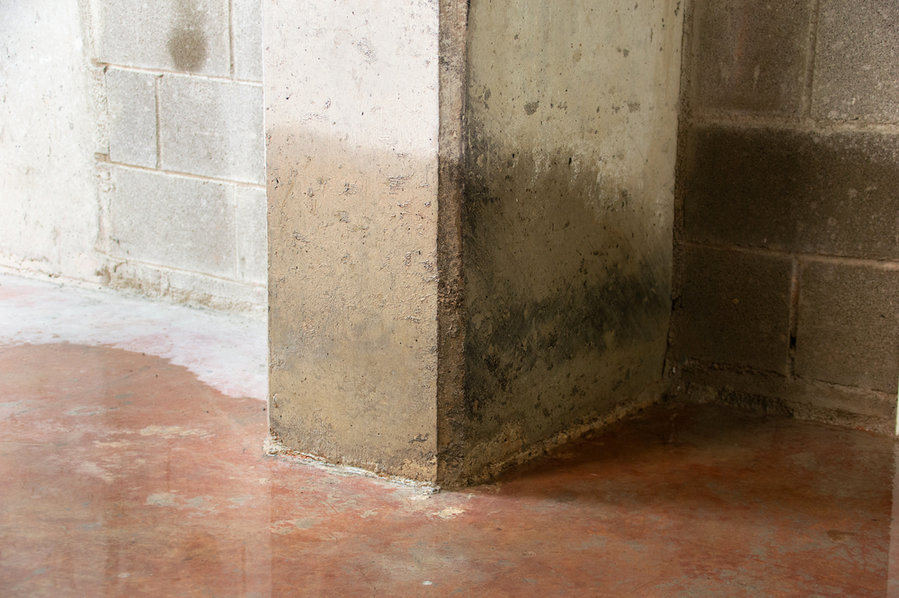
It’s common to find cracks and moisture seeping through garage walls. It is a common defect found in concrete walls.
Aside from the wall, check the roof, gutter, pipes, and so on, as they are often the culprit behind the high humidity level in the garage.
If you spot leaks in any of these sections of your garage, you should fix them. Sealing cracks in the garage is relatively easy as aesthetics isn’t often the primary target, but functionality is.
If moisture seeps through your concrete wall due to hydrostatic pressure, you can fix the problem using a concrete sealant.
If the moisture problem is from a leaking roof, go up, inspect the damage, and figure out the best sheath to use to stop the leak.
A leaking pipe can be the culprit behind the high humidity, so use an adhesive patch to fix the problem.
Aim to ensure your garage is as dry as possible.
2. Improve Light and Ventilation

A stuffy and dark environment can encourage mold to sprout. As such, you must provide your garage with proper natural light and good ventilation.
By circulating the air, you keep it fresh and discourage mold growth. Installing a good extractor fan can quickly achieve good ventilation in your garage. An extractor fan will help keep the air in the garage warm, dry, and circulating.
Combining an extractor fan with a window to allow natural light into the garage will help dry the garage on sunny days.
Also, you can leave the garage door open to promote good ventilation and natural light.
3. Have Proper Drainage
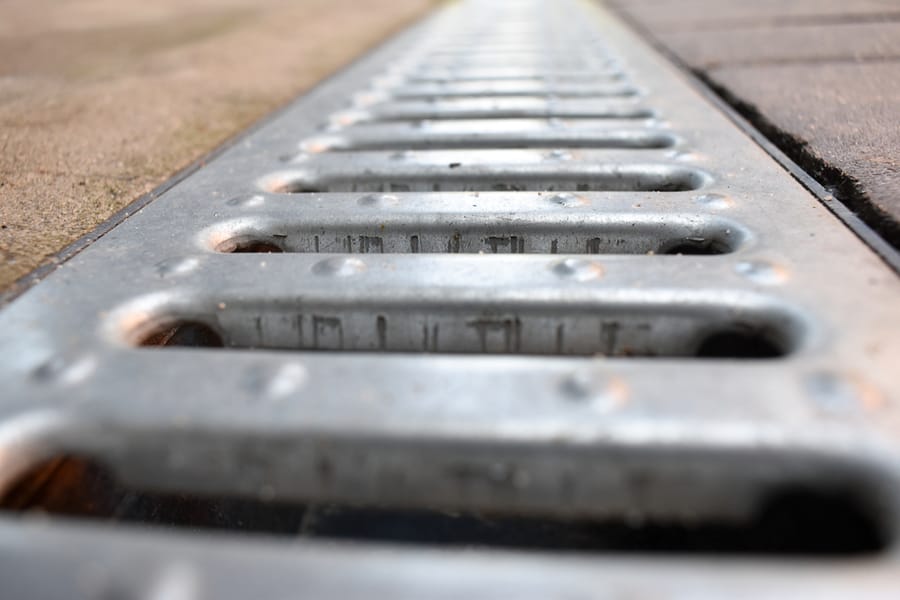
A good drainage system is essential in every garage.
Because the garage is the lowest point in the home, it is easy for a pool of water to stand in the garage.
And if you are unaware there is a pool of water in the garage, it can quickly promote mold growth.
If you don’t have drainage in your garage, consider installing one. And if you have one, inspect it to be sure it is not clogged.
Also, ensure the drain is sloped correctly to divert water from the garage.
4. Extend Gutter Downspouts
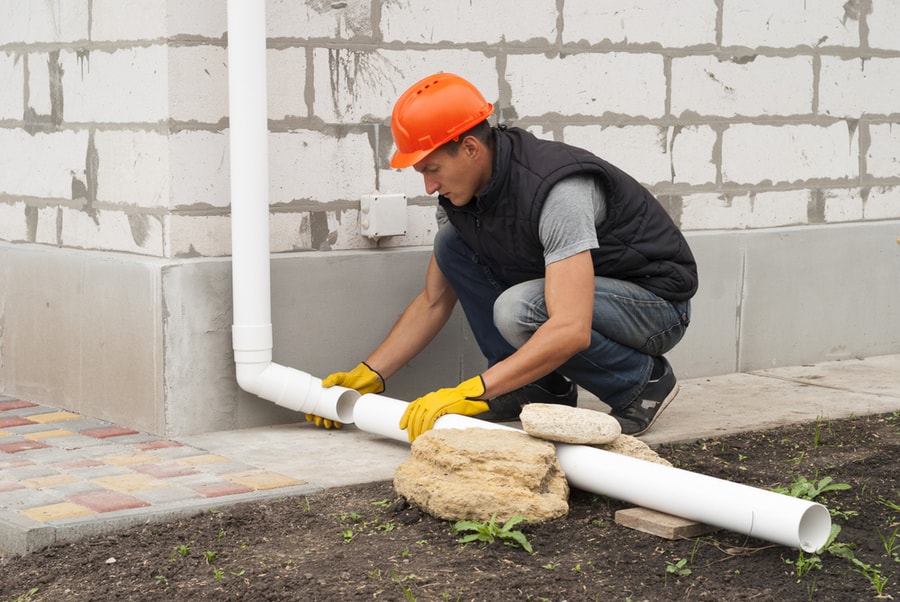
Another thing to look out for is the gutter downspouts of your house. The gutter and downspouts are every home’s first line of defense against precipitation which can cause moisture build-up and mold.
Ideally, the gutter should be 5 feet away from your house foundation. It would be best to extend the downspouts at least 6 or 10 feet away from the foundation to manage overflow after rain adequately.
The gutters should also direct the water away from the foundation. And in place of gutters, you can use a grade-level rock bed around your home with a drain pipe to carry the water to a sloping finish at least 5 feet away from the foundation.
5. Use Waterproof Containers
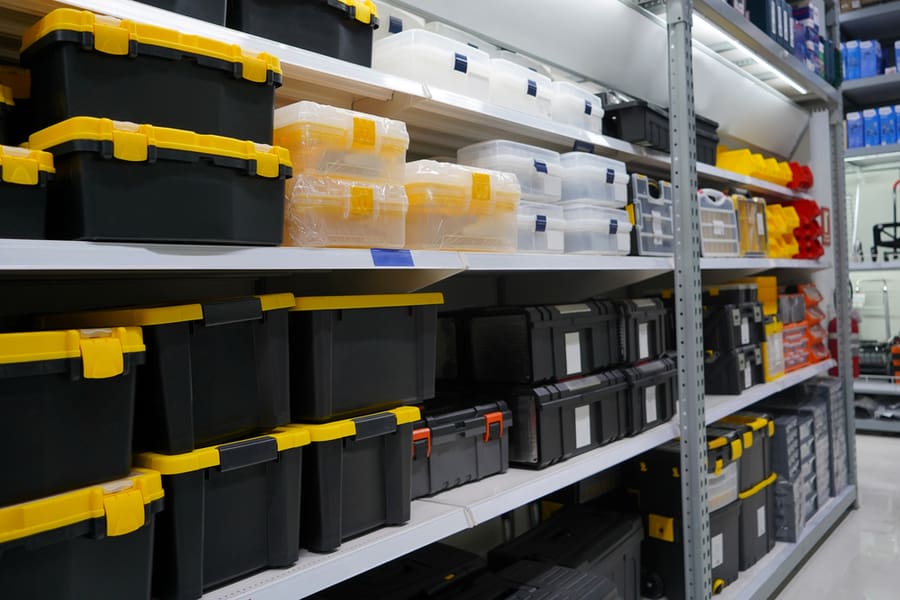
The containers you use to store items in your garage can also be the reason for mold growth. Molds commonly grow on wood, paper-covered dry walls, and insulation, amongst other places.
If you used to store things in cardboard boxes, you should consider investing in more durable metal or aluminum storage units. Metal storage units are ideal for garages as they are durable and mold resistant.
And with good quality paint, you can protect the shelve from rust. Sturdy plastic totes are also an excellent option to stop mold.
Remember, don’t keep items like wet cloth, shoes, etc., on the floor, but instead up on shelving.
6. Reduce Plant Growth Around Your Garage

Cut the plant down if you have plants like shrubs growing near your garage wall.
Plants near your garage look nice and eco-friendly, but the plant can cause your garage wall to crack.
It can also strain your foundation and increase the potential of water seeping into the garage.
Moreover, plants like scrub collect a lot of moisture that can accumulate near your garage wall and slowly creep into the garage, promoting mold growth.
If you want plants in your compound, keep them safe from your garage walls and windows.
7. Combat Mold With Chemicals
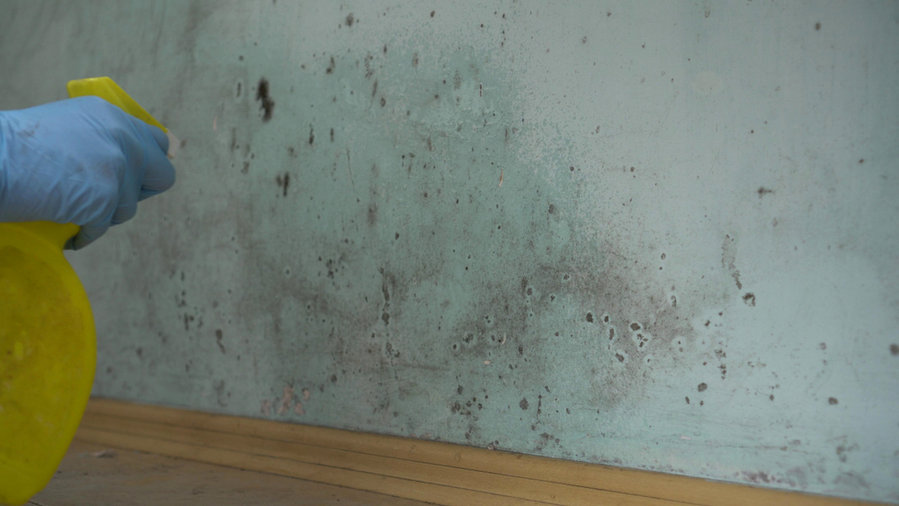
Using chemicals is another brilliant way to get rid of mold.
Chemical products like treated silica gel and activated alumina are great for absorbing excess moisture from the air.
Stuffing as much of this chemical product in different locations in your garage can help keep the air arid and unfavorable for mold growth.
Alternatively, you can use mildew-resistant paint on the wall. This paint seals the wall and prevents moisture from seeping into the garage.
When the wall is dry, it reduces the chances of mold growing significantly.
Conclusion
So, as you can see from this guide, the major culprit behind mold infestation in the garage is high humidity.
If you want to protect your garage from mold, you need to take care of everything that increases the humidity in the garage.
Sealing the wall and ceiling, having good drainage, and installing fans in the garage can help to reduce the humidity.
Keeping the garage clean and always ensuring that you organize items on a sturdy plastic or metal shelf will also help.
Frequently Asked Questions
How To Identify Mold in Your Garage?
Mold often grows in a colony and has a black, green, or white color.
If you are unsure whether mold is growing in your garage, you can call for a thorough professional inspection of your home.
Why Is It So Hard To Get Rid of Mold?
Mold is hard to eliminate because it propagates using a very resistive spore. These spores can resist high temperatures and several chemicals.
So, it’s better to protect your garage from mold infestation than to eliminate them.

